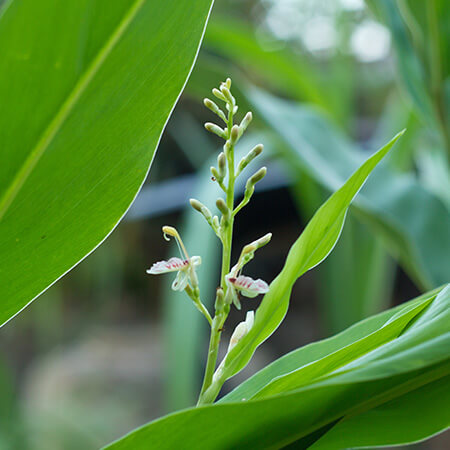-
About Us
button

Dabur India Limited is a leading Indian consumer goods company with interests in Hair Care, Oral Care, Health Care, Skin Care, Home Care and Food & Beverages.
-
Our Brands
button
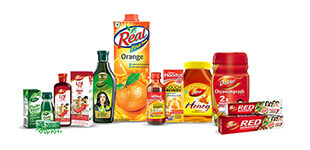
Dabur presents a range of Herbal & Ayurvedic Personal Care products, created to make you look and feel good. Bringing together the gentle touch of nature and Ayurveda's wisdom .
-
Investors
button

Read our recent and archived releases, quarterly results, annual reports and financial statements. Initiatives Investor Centre.
-
Newsroom
button

Welcome to Dabur Media Centre. In this section, you’ll find our latest Press Releases arranged in a chronological order. The Press Releases have been further
-
Ayurveda & you
button

Our curated Collection of Ayurvedic knowledge for you. We at Dabur are working towards helping people lead a healthy and balanced life.
-
Sustainability
button

Dabur has been engaged in community development activities since 1994 and is committed to making a positive contribution to the communities where we source, live, work and sell our products.
-
Join Us
button

At Dabur, we are very passionate about winning and this has been engrained in DNA of the organization.
-
Support
button
- Home > Ayurveda & you > Ayurveda & Science > Ayurvedic & Medicinal Plants
Ayurveda and Science
Mulethi/मुलेठी/Yastimadhu/Licorice/Liquorice/Glycyrrhiza Glabra
AYURVEDIC & MEDICINAL PLANTS
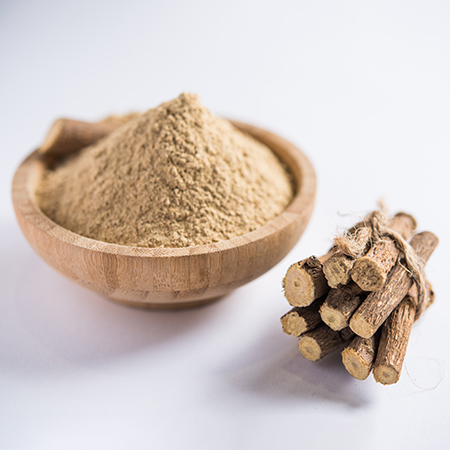
Mulethi Benefits & Uses
- Respiratory & Digestive Disorders
Yashtimadhu has been conventionally used by Ayurveda in the treatment of respiratory and digestive disorders. It is considered to be a "Rasayana". Mulethi uses specifically include treatment of chronic acidity, ulcers and chronic bronchial conditions. Investigations observed that licorice activates ulcer healing.
- Reduces Stress & Depression
Mulethi benefits include relieving people suffering from the problem of depression. Including licorice root in your daily diet, helps in controlling stress hormones, reducing depression, anxiety and stress.
- Controls Cholesterol
Licorice root is considered to be an extremely effective remedy for lowering the level of bad cholesterol in the body and increasing the level of healthy cholesterol in the body. Thus helping in keeping you healthy and free from harmful diseases. Controlling cholesterol is one of the effective mulethi benefits.
- Boosts Immunity
Mulethi benefits include boosting your immunity system, which helps in giving your body the strength to fight many diseases and illnesses. This helps your body from being affected by harmful diseases.
- Keeps your Liver Healthy
Licorice root is considered to be an effective option for keeping your liver, healthy and free from diseases. This helps in protecting your body from being damaged by free radicals and also helps in treating jaundice thus keeping your liver healthy.
- Treats Skin Disorders
Licorice root is extremely beneficial for your skin, as it helps in protecting your skin from various skin disorders such as rashes, eczema, psoriasis and dry skin. Thus, helping in keeping your skin healthy.
- Weight Management
Licorice root is considered to be an extremely effective remedy or weight loss, including licorice root in your diet, along with rigors exercise routine will help in burning excess fat from your body.
- Treats Sore Throat & Cough
Licorice root is an excellent remedy for curing problems such as sore throat and cough. They also help in treating respiratory tract infections such as bronchitis and asthma, put some licorice root in a cup of boiling water after 10 minutes. Straining the water and drink it to get relief from these problems.
Chemical Composition
Roots contain glycyrrhizin, asparagin, sugar, starch, acid resin, gum, mucilage, phosphoric, sulfuric & malic acids. Bark contains a small quantity of tannins.
Pacifies Vata and Pitta.
Read more about various ailments, it's causes, symptoms, ayurvedic treatments, etc.
Know the story behind other medicinal Ayurvedic ingredients
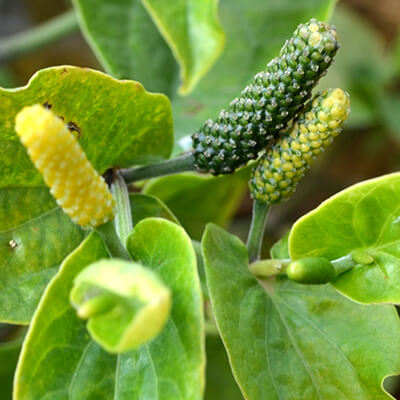
Pippali Plant

Shalai Guggal

Tamalpatra
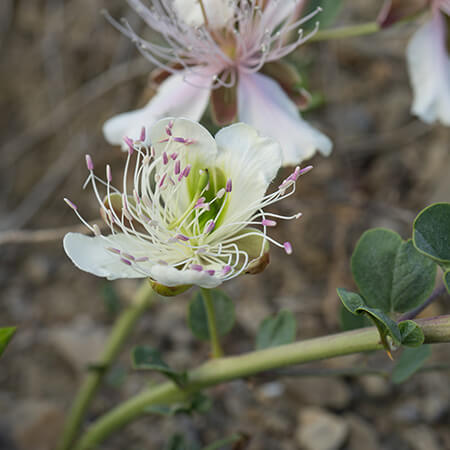
Varun Plant
